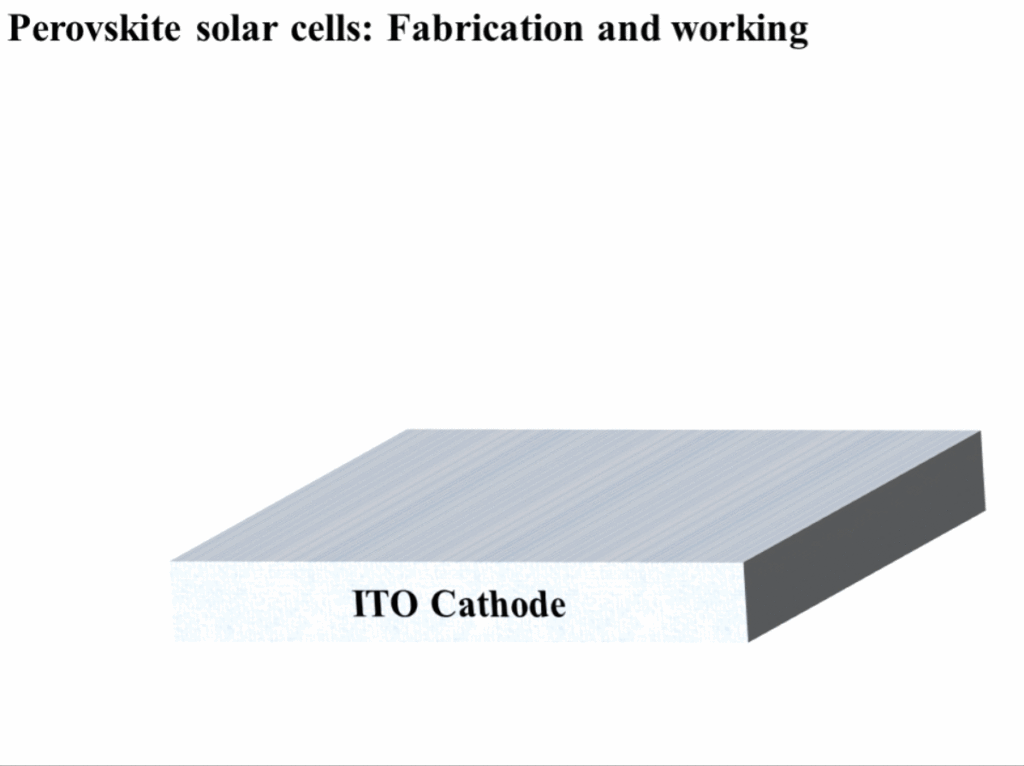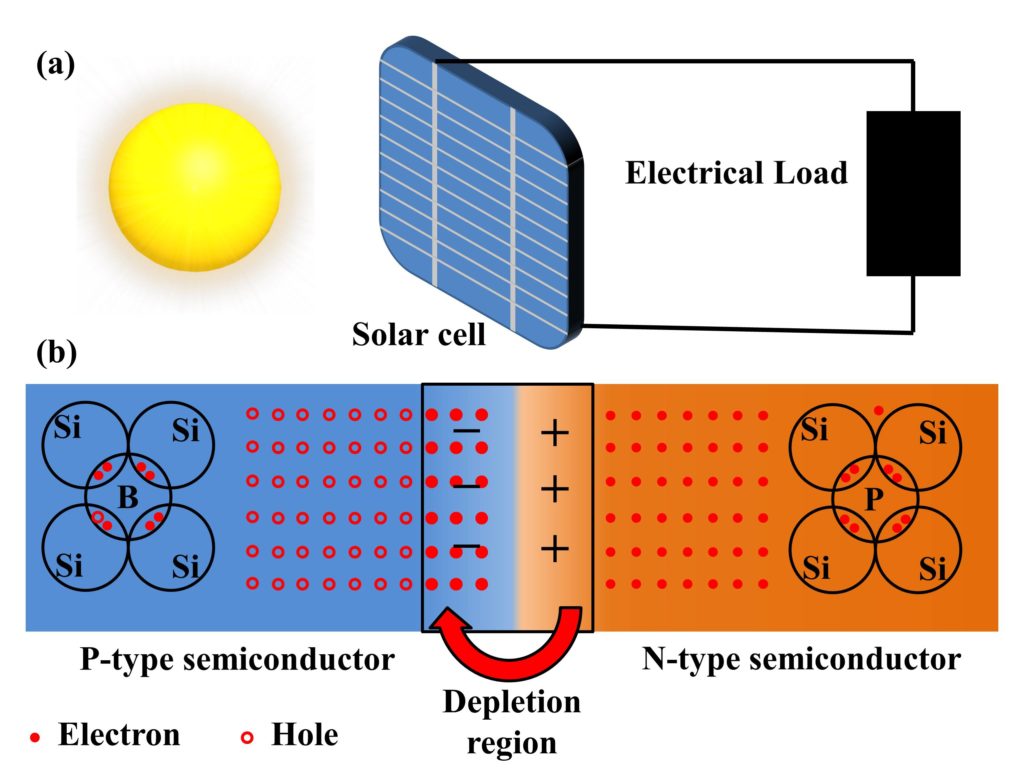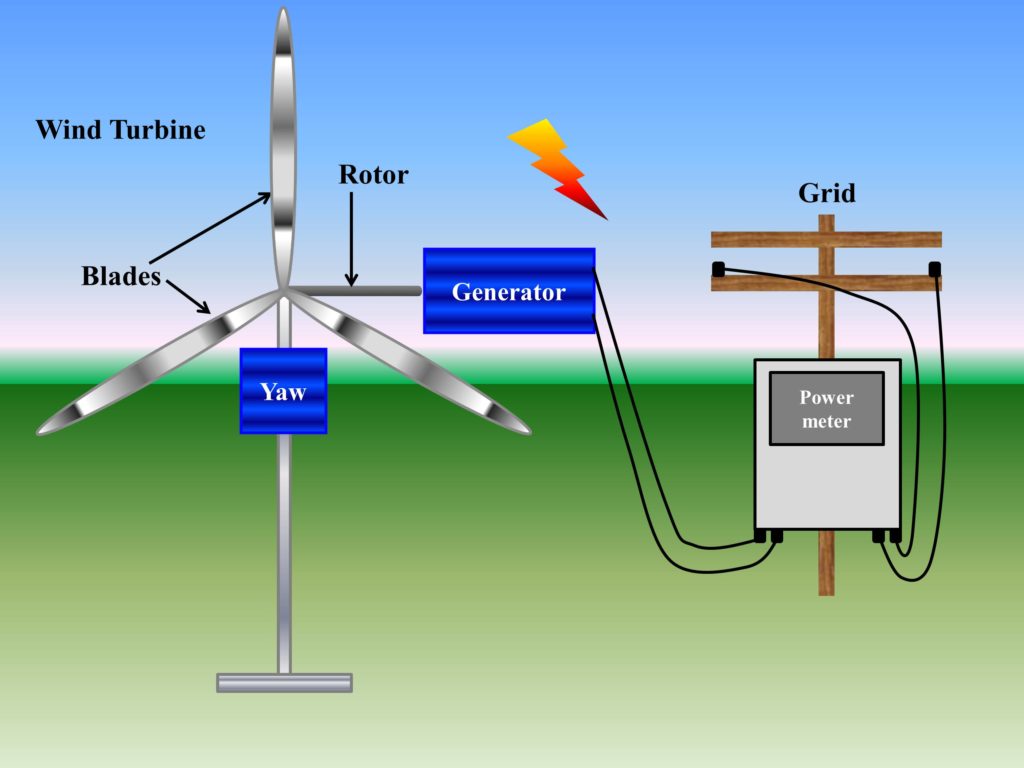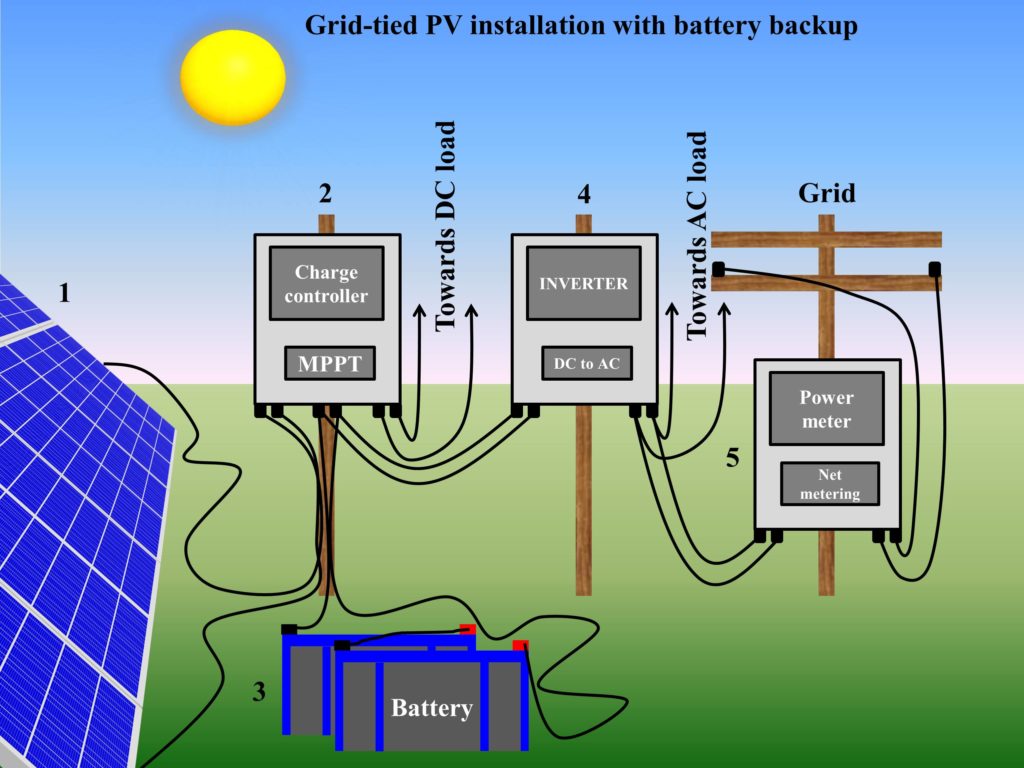What is a solar tree?
A solar tree is a vertical structure (usually a pillar), made to support solar panels to collect solar energy and deliver electrical energy. The arrangement of solar panels on this pillar resembles the leaves of trees, and that is why this type of structure is called a solar tree. It is important to say here that solar trees do not represent a technological advancement in the field of energy harvesting, but they give a new design solution to the existing problem of spacious solar installations. A depiction of a solar tree is shown in Fig. 1.
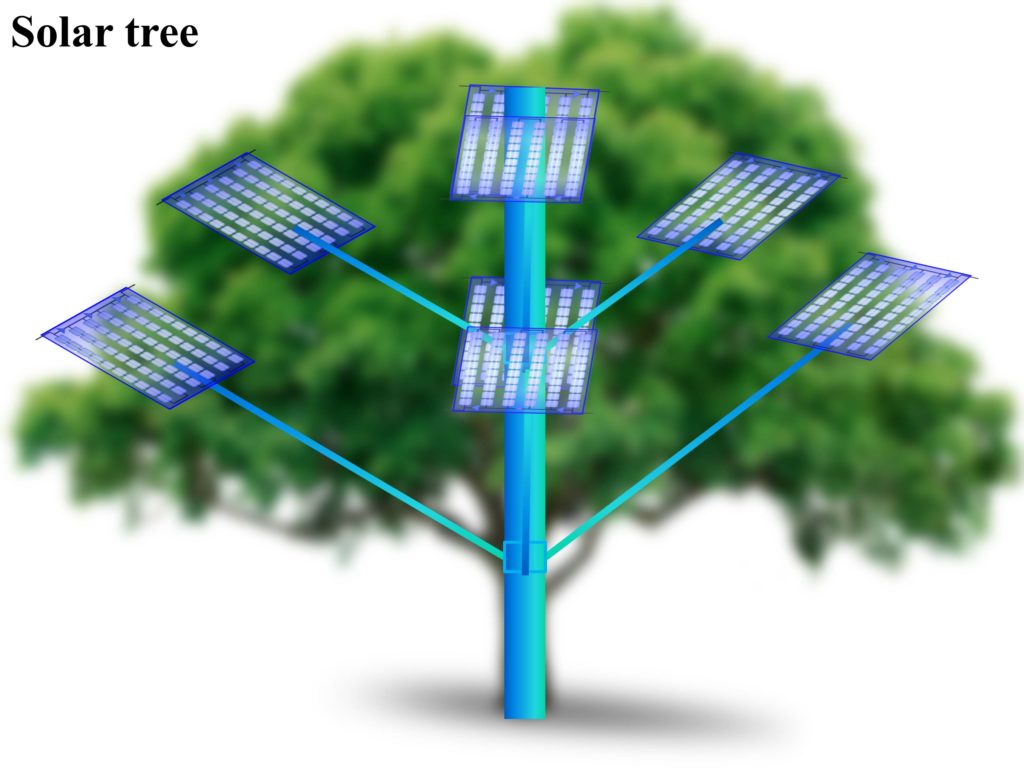
Solar panel installations usually require lots of space when they are laid on empty land. Moreover, the presence of a nearby structure or building is not favorable for photovoltaic (PV) installation because the structures in the vicinity might produce shade that can partially or fully cover the PV installation at any time of day. This shade reduces the power output from shaded panels, thereby reducing the output from the PV installation. A solar tree can mitigate these limitations of solar installation by innovative design solution of arranging solar panels vertically. Apart from their obvious advantage of electricity generation, the solar trees can also provide shade to the people or cars in the daytime., and if they are installed with lights, they can provide light in the nighttime. The problem that solar tree do face is the vertically arranged stacks of solar panels causes shading on panels beneath. In order to avoid or minimize this issue of shading, phyllotaxy is considered.
Phyllotaxy (a way to identify the structure of a solar tree)
Phyllotaxy, in botanical terms, is the arrangement of leaves when they are connected to the stem. Generally, the arrangements can be divided into two basic classes (opposite and alternate), but 5 (five) types can be seen typically. These types are opposite, alternate, decussate, whorled, and spiral as shown in Fig. 2(a).
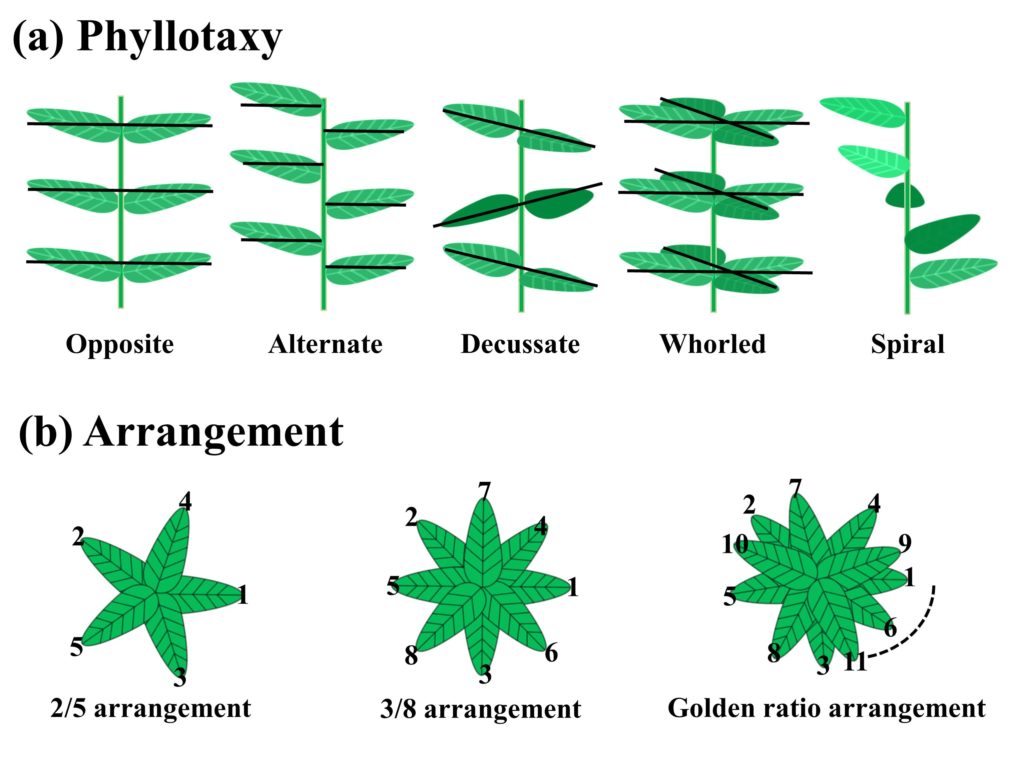
Opposite
In the opposite arrangement, the leaves have a mirrored leaf on the other side of the stem. The leaves are 180 degrees apart. The other successive pair will be aligned on top of the previous pair, but will be separated by some length.
Alternate
In an alternate pattern, the leaves are arranged in a fashion that each leaf will have mirrored leaf on the other side of the stem but at a different height along the stem.
Decussate (common arrangement in a solar tree)
In the decussate system, the leaves can be opposite but the other pair of leaves present at another segment of the stem will have a different angle of 90 degrees. The decussate system is a type of opposite arrangement.
Whorled (common arrangement in a solar tree)
In a whorled pattern, there is a bunch of leaves that are present at one point of the stem and these leaves repeat themselves along with different segments (height) of the stem. Whorled is closely related to opposite but has more number of leaves.
Spiral
For a spiral pattern, leaves make a spiral pattern when they repeat themselves at another segment of the stem. A spiral pattern is also a type of alternate.
The alternate pattern has many interesting forms, which are also readily present in nature. The alternate system can usually be represented by a fraction of the Fibonnaci series (1,1,2,3,5,8,13,21,…..). Every 1-3 term in the Fibonacci series can yield the angle of separation in an alternate pattern. For example, if we take 1st (1) and 3rd (2) terms of the series, their division (1/2) will yield an angle of separation of 180 degrees. For terms 2 and 5, we will have an angle of separation of 144 degrees. Every term of the Fibonacci series, when divides by its previous term, yields answers close to the golden ratio (1.618). The golden ratio allows the maximum non-repetition of the leaves along the same vertical plane and therefore many species of plants have leaves that are arranged in these patterns to get maximum sunlight and to channel the flow of water during rain. Leaves with other arrangements than these can also be found in nature.
Further readings
If you liked this post, maybe you will be interested to read the following posts.

